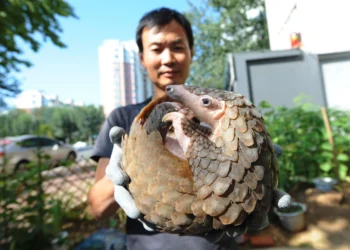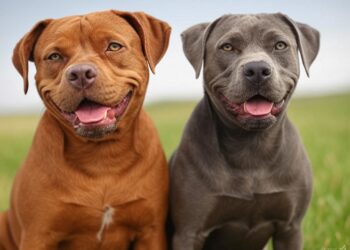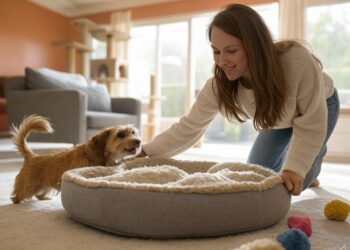Dogs know very well how you feel and when something is wrong. That is why it happens more than once that a dog knows earlier that you or your partner is pregnant than you are. The hormones of those who are pregnant will change, the mood will change and a Pet dog that is closely associated with you will pick it up immediately. To ensure that your dog will accept the baby, you can make a number of preparations.
Building a Connection between Dog and Baby before Birth
Building a bond between dog and baby starts during pregnancy. The sudden introduction of a new family member can be incredibly confusing and scary for a dog. Therefore, drive around the house with a pram a few months before birth.
Leave the stroller in the sight of the dog, so that this is not a new item for the dog. The dog will be used to the sound of driving the pram around and will not be frightened by this.
The idea of a newcomer in the family will also have to get used to the dog. Taking a baby doll into your home offers a solution for this. Pretend the baby doll is the baby and take care of the baby doll several times a day.
Playing baby sounds while taking care of the baby doll will make the dog get used to the baby’s crying. During the grooming, make it clear to the dog how the dog should behave. In this way, the dog will learn to wait quietly for its turn when the baby is being cared for.
Leadership
Make sure that your leadership is optimal. Fortunately, your baby is not there one day after another, so you still have time to work on this (extra) if necessary. When your leadership is good enough, your dog will be calm and submissive and able to handle the new situation well.
Consider your Personal Space
When you have a baby it is extra important that your dog has respect for your personal space. It can be life-threatening for your baby if your dog jumps at you when you have your baby in your hands.
So go ahead and keep the baby working before the baby arrives. As soon as you arrive your dog will have to step aside for you instead of the other way around.
Let Your Dog Get Used To the Smell of Your Baby
Before you take your baby home (or down or into the living room if your baby is born at home), it is good to give your dog all the smell of your baby to smell. For example, take a blanket in which your baby has been lying in your hand and first let your dog use his nose to smell it.
Only when he is not excited and can behave politely do you give him permission to come closer and really smell it. In this way, you teach your dog that what you have in your hand is yours and that you determine the rules about when he may come close. This is the start of creating respect for your baby.
Introduce Your Baby
Make sure your dog is not full of energy when he meets the baby for the first time. First, take him for a brisk walk and make sure he is calm and submissive when he returns. The best thing is if someone in the room (who is sufficiently confident!) Already holds the baby when your dog enters the room.
Don’t let your dog get too close to the baby for the first time, and focus on his behavior. If he is no longer calm and submissive, create more distance or end the exercise and continue it at another time.
Walking the Dog and the Baby
Strollers are ideal for creating good leadership from the moment the baby is born. Because if you go walking with your baby in the pram and your dog and you let your dog walk neatly next to or behind you, the baby will automatically ‘lead the way’. This way your dog will learn to follow the baby nicely.
Give Them a Proper Time
It is very important to give sufficient attention to both dog and child. Because of this, the dog will not feel disadvantaged and forgotten. Therefore, divide the attention between child and animal sufficiently.
For example, give the dog a minute of attention every time after you put the baby in bed or give it some attention. Only focus on the dog, hug the dog. Pet the dog and tell the dog that your four-legged friend is doing well. For example, reward the dog when the baby receives the bottle. Because of this, the dog does not feel disadvantaged.








